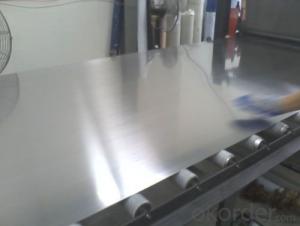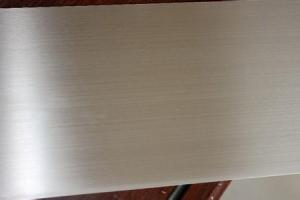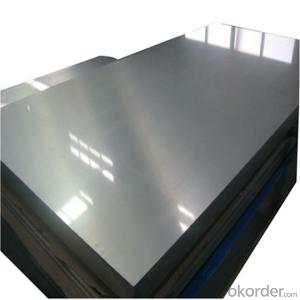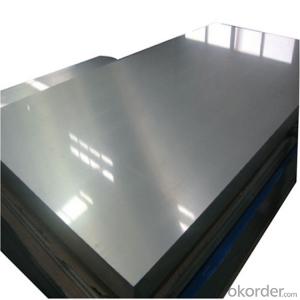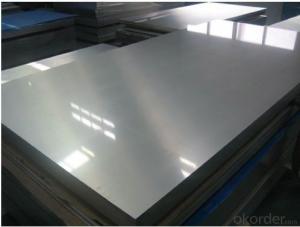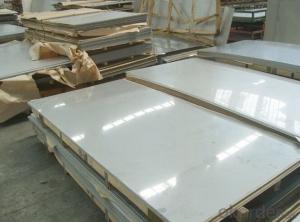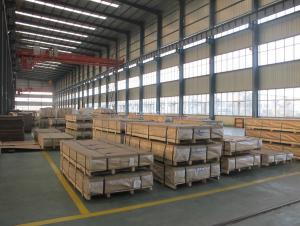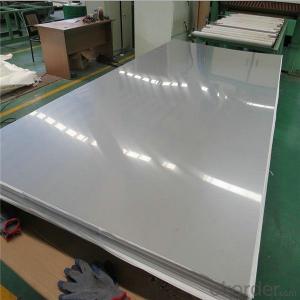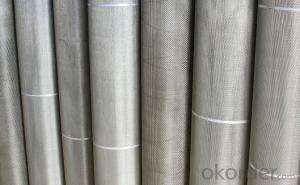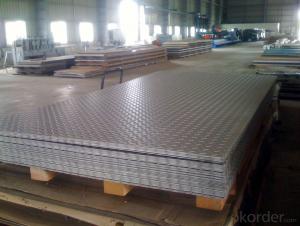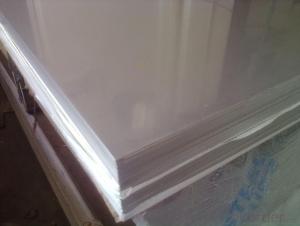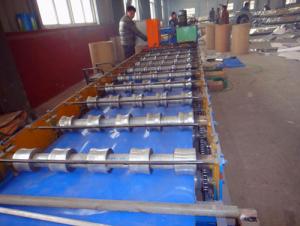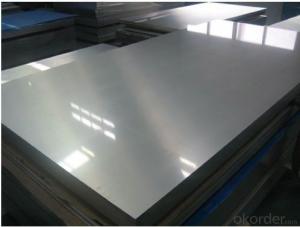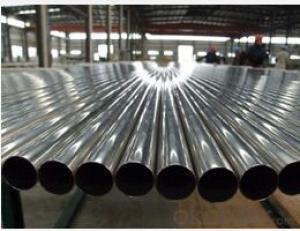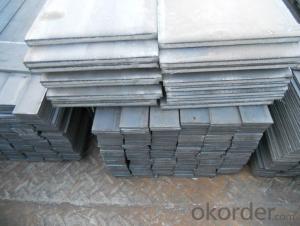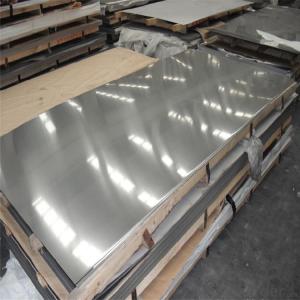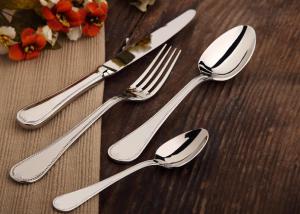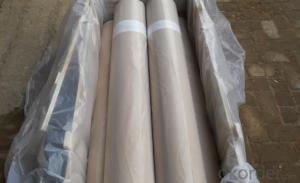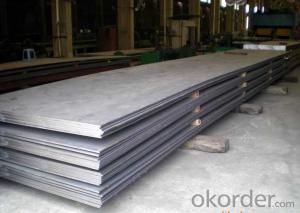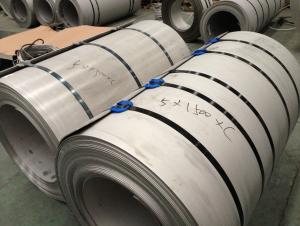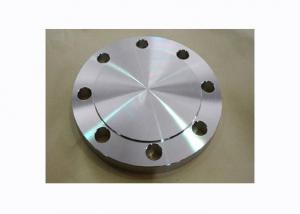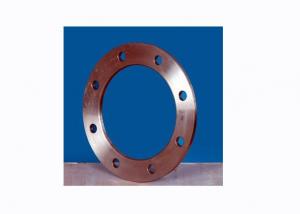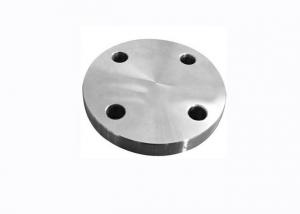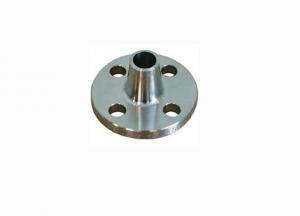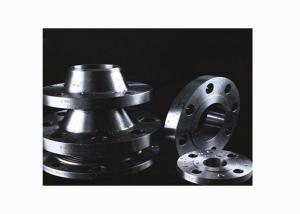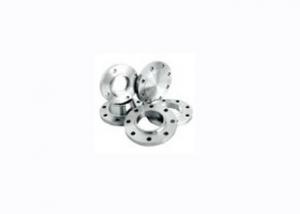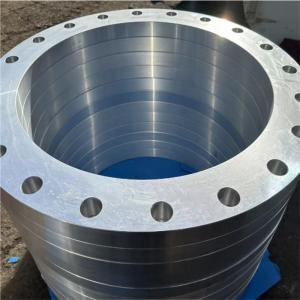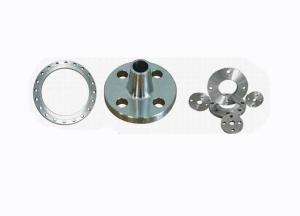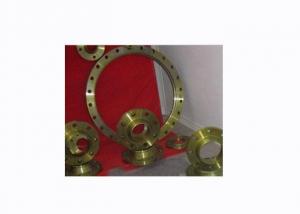Stainless Steel Wall Plates
Stainless Steel Wall Plates Related Searches
Stainless Steel Plates Stainless Steel Cover Plates Stainless Steel Charger Plates Stainless Steel Dinner Plates Stainless Steel Wall Shelves Stainless Steel Camping Plates Stainless Steel Platter Stainless Steel Wall Stainless Steel Switch Plates Stainless Steel Wall Art Stainless Steel Kick Plates Stainless Steel Kids Plates Stainless Steel Diamond Plate Stainless Steel Plate For Sale Stainless Steel Wall Guards Stainless Steel Shelves Stainless Steel Tiles Stainless Checkered Plate Stainless Steel Toddler Plates Stainless Steel Grates Stainless Steel Wires Stainless Steel Tape Stainless Steel Screens Stainless Steel Pipes Stainless Steel Doors Diamond Plate Stainless Steel Stainless Steel Divided Plate Stainless Steel Materials Stainless Steel Running Boards Stainless Steel FurnitureStainless Steel Wall Plates Supplier & Manufacturer from China
Stainless Steel Wall Plates are a type of metal wall protection product designed to provide durability and aesthetic appeal in various settings. These plates are made from high-quality stainless steel, which ensures they are resistant to corrosion, wear, and tear. They are often used in commercial and residential environments where a robust and visually appealing solution is required for wall protection.Stainless Steel Wall Plates find their application in a wide range of usage scenarios, including offices, hotels, hospitals, and public spaces. They are particularly useful in areas that experience high foot traffic or where walls are prone to damage from accidental impacts. These plates not only protect the walls but also enhance the overall appearance of the space, offering a sleek and modern look that complements various interior design styles.
Okorder.com is a reputable wholesale supplier of Stainless Steel Wall Plates, boasting a large inventory to cater to the diverse needs of clients. With a commitment to quality and customer satisfaction, Okorder.com ensures that each Stainless Steel Wall Plate is manufactured to the highest standards, making them a reliable choice for those seeking robust and stylish wall protection solutions.

